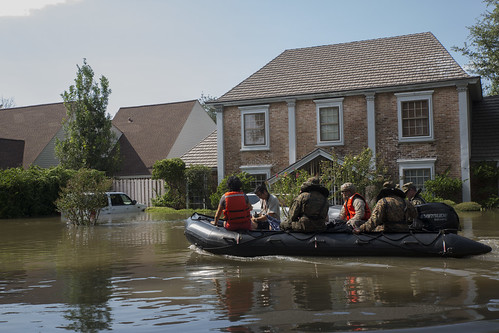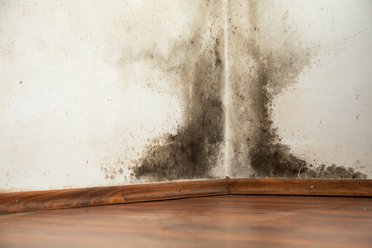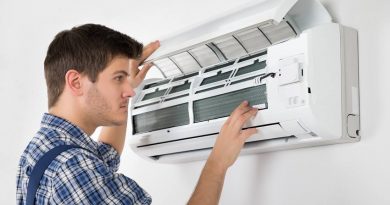Why Is Mold Growing On My Walls?
Mold is attracted to moisture, condensation, and dark spaces in your home. However, what’s lurking inside of your home is what has the potential to make your family sick. Mold growing for a period of time can create an environmental health hazard that can result in allergies, asthma, and other breathing issues. There are several reasons that mold can invade your home, but we’ve put together a few top reasons why mold grows on your interior walls. Keep reading to learn what causes mold to grow on your walls and how you can treat it.
Mold Spores Elsewhere In Your Home
Common mold spores are present in the environment, but they’re hazardous to your home. If your walls are always wet from humidity, spores can land on your walls, and mold can start to grow. Unfortunately, mold spores on your walls most likely means spores are present in other areas of your home. Homeowners who see mold growing should have a professional mold remediation specialist evaluate their air quality and schedule an appointment to have mold spores safely removed from their home.
Winter Condensation
Many people believe they’re less susceptible to mold in the winter, but water vapor can cause mold to grow on your walls in winter as well. When hot air containing water vapor meets cold walls, condensation occurs. This type of condensation can eventually cause mold to develop inside or on the surface of your walls. To reduce condensation, keep your walls at room temperature during the winter by making sure they are well insulated. Excess moisture caused by condensation can also form on your windows and create mold to form below your windowpane.
Hidden Humidity
The inside of your walls are a breeding ground for mold, especially from humidity sources that are hidden from view. For example, the high humidity in your crawl space can cause mold to grow as the soil dries through evaporation. Small plumbing leaks, cracks in the foundation, or roof leaks are all sources of humidity. Any source of moisture is going to be a problem for your home. Homeowners can control humidity that leads to mold growth by reducing the heat in the winter and using a humidifier in the summer, and making sure any leaks are repaired right away. The summer is when most people experience high humidity in their home.
Flooding

Even minor flooding can present damages to your home that you’re not even aware of until it’s too late. Mold can even start to grow from a previous flood. A home that didn’t receive the proper water remediation services can have mold growing on the walls.
Treating mold growth yourself with diluted bleach or other cleaning products may not be enough. Contact a mold remediation specialist in your area to find out if you have mold growing in your interior surfaces. It’s not only unsightly, but also a risk to your family’s health. Protect your home and family by scheduling mold testing as soon as you suspect a problem.




